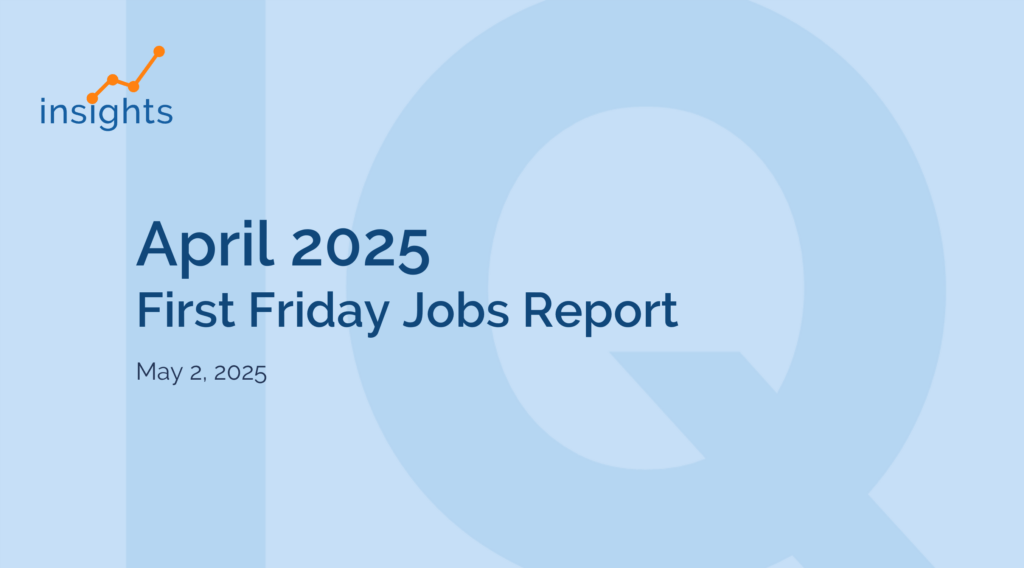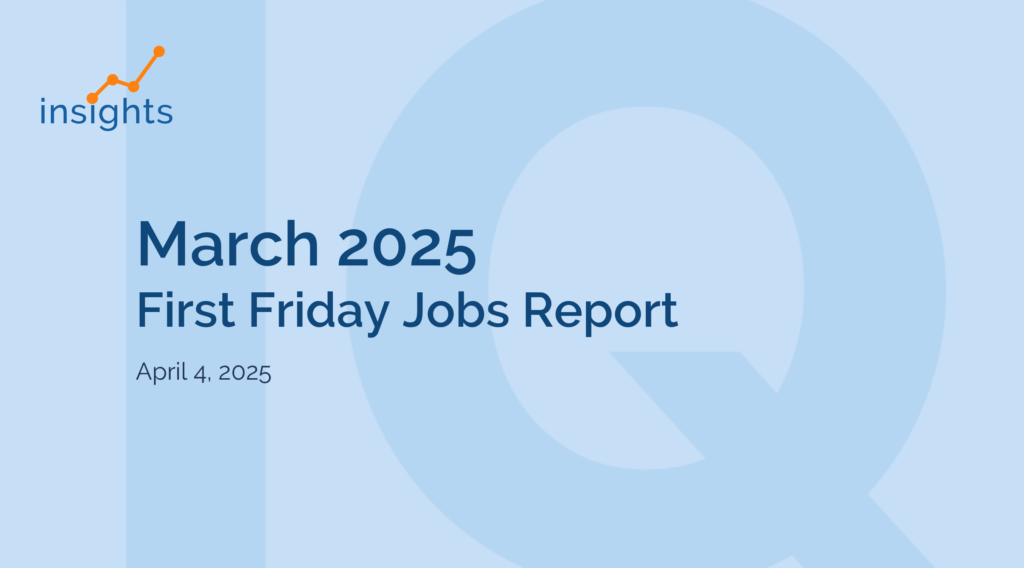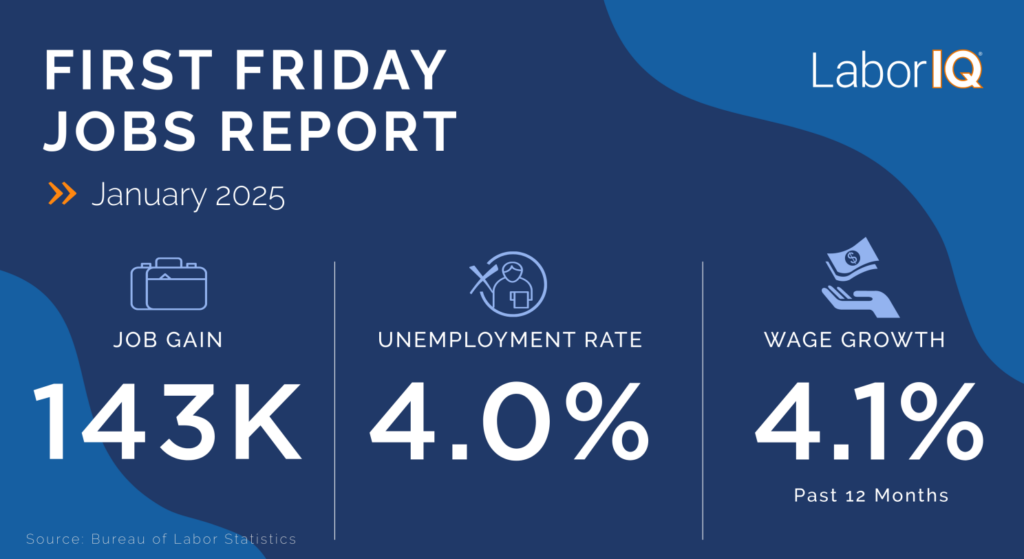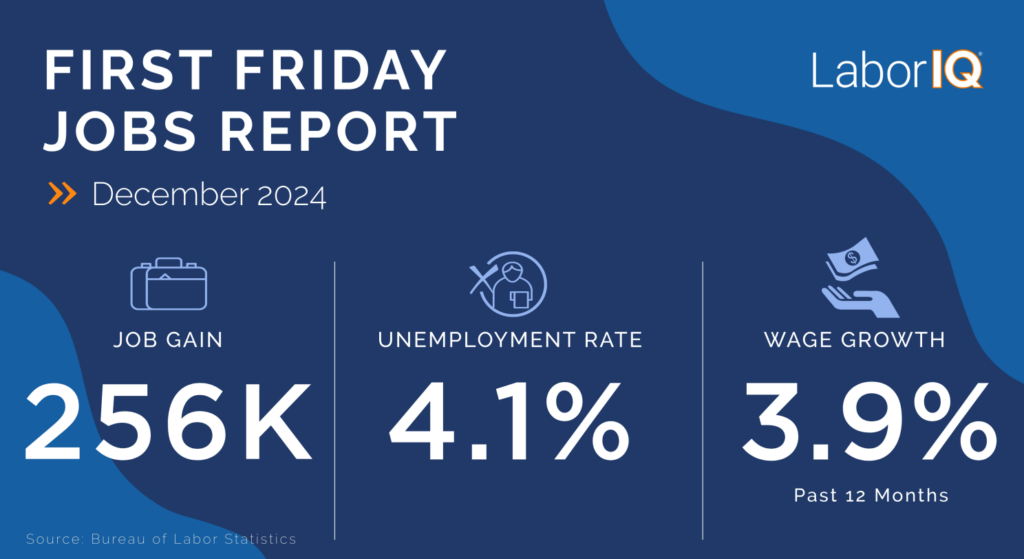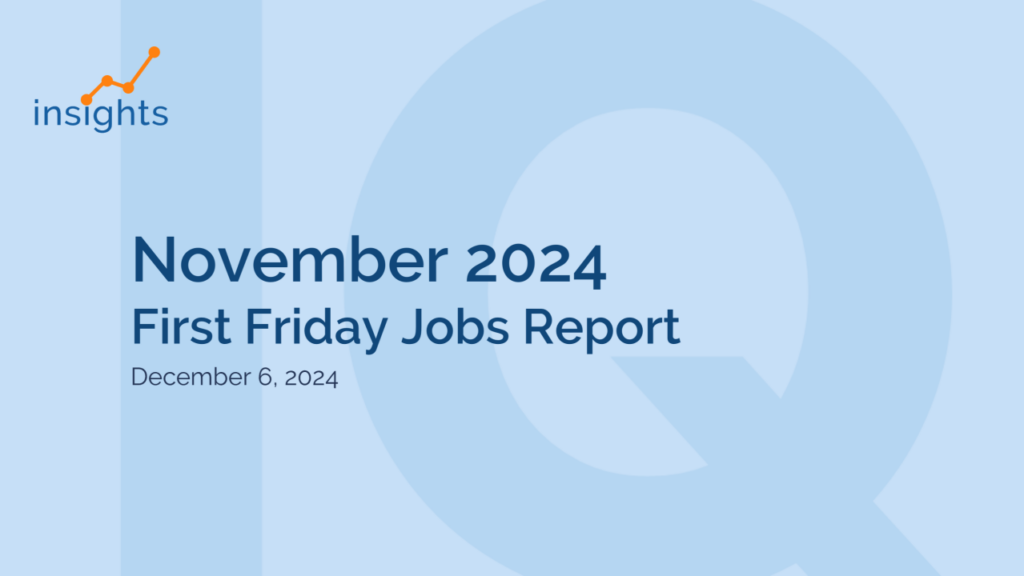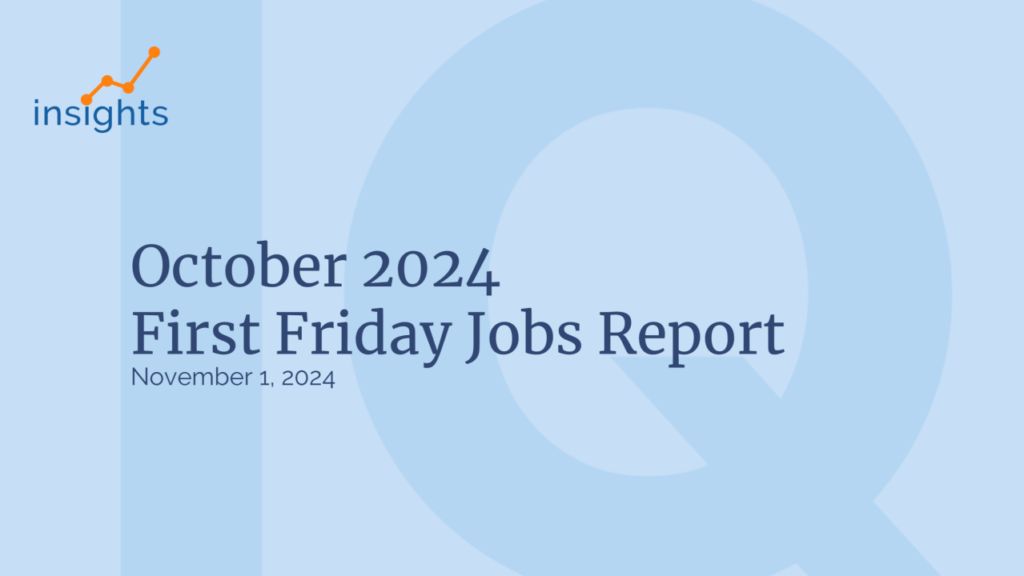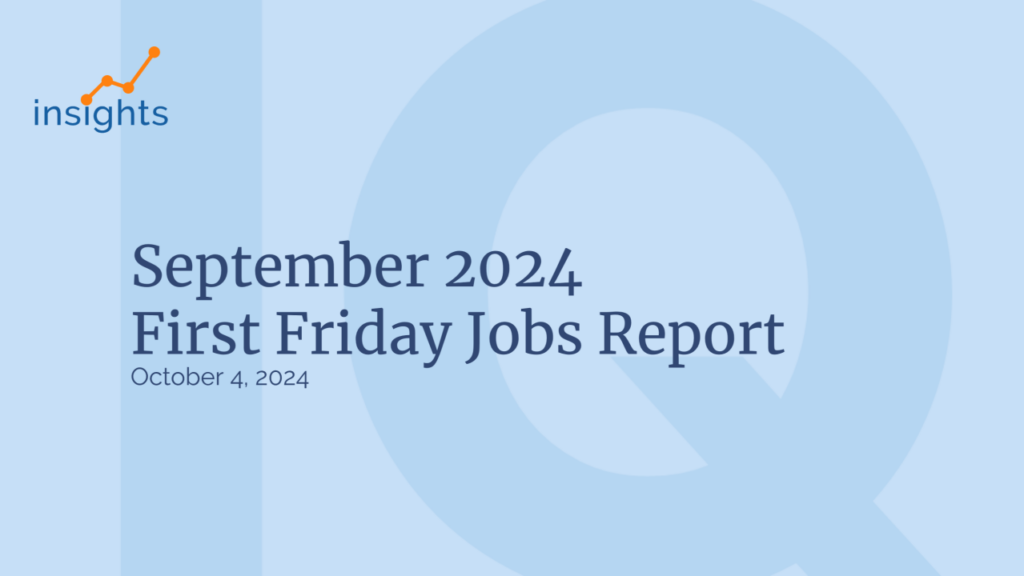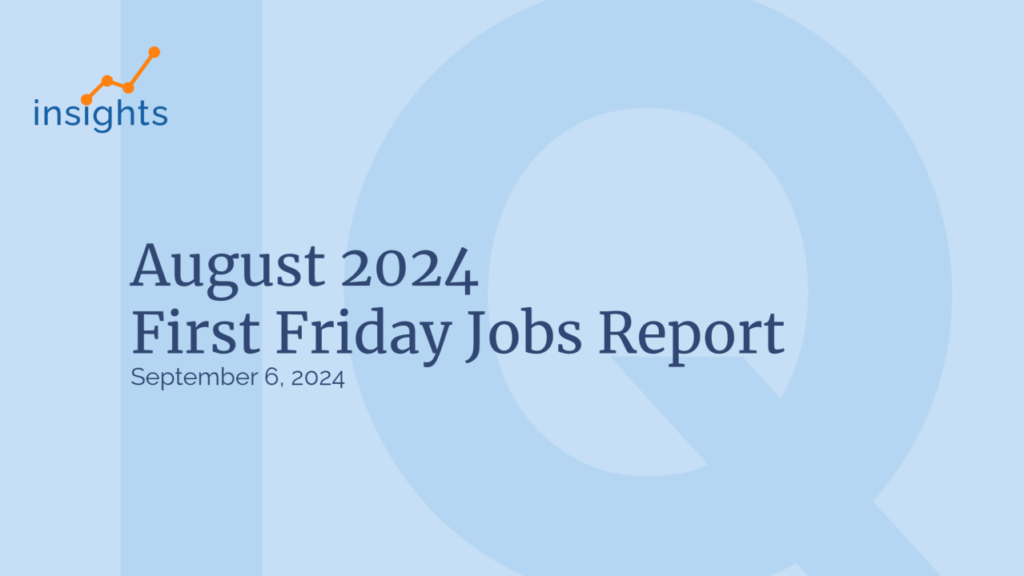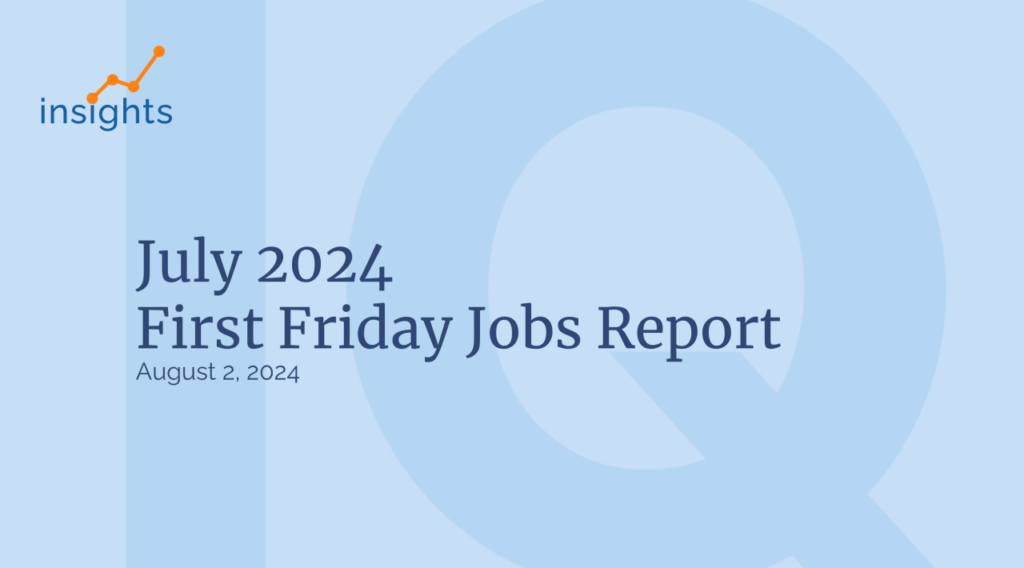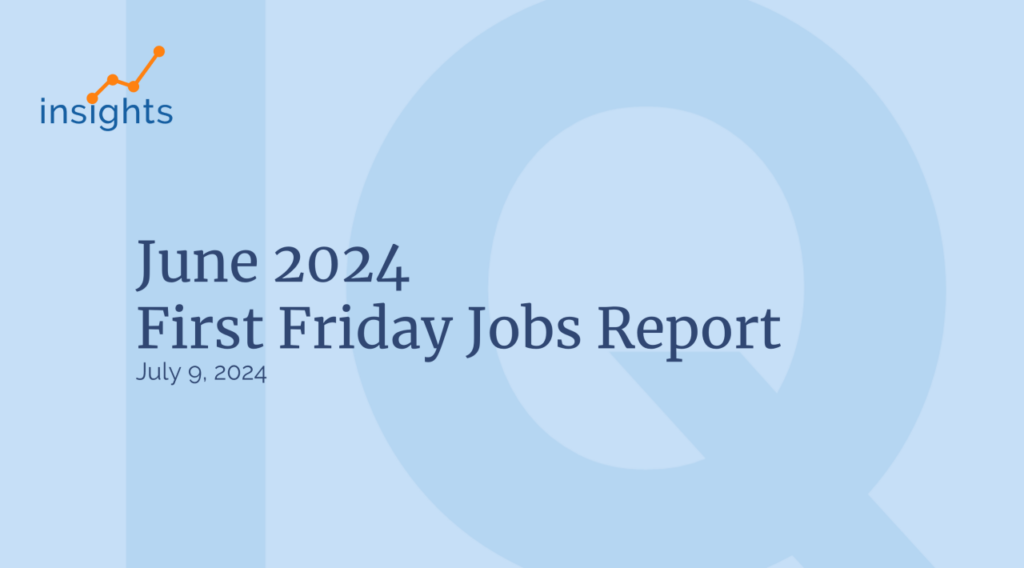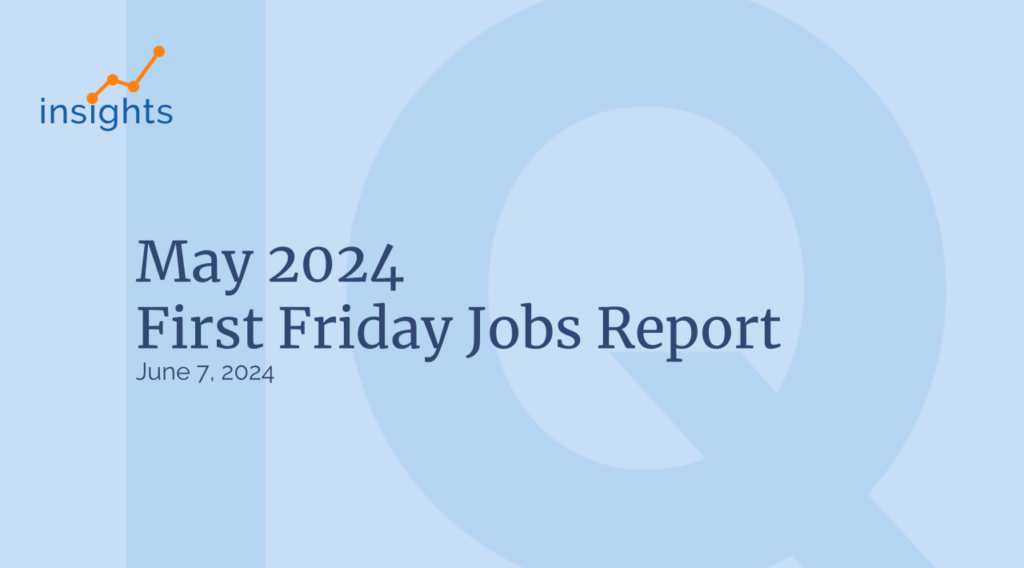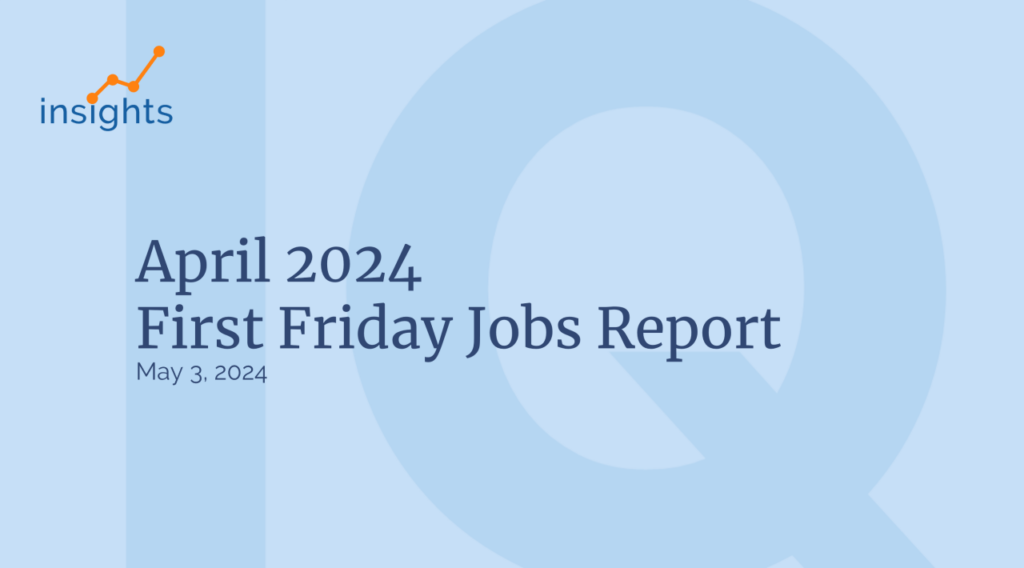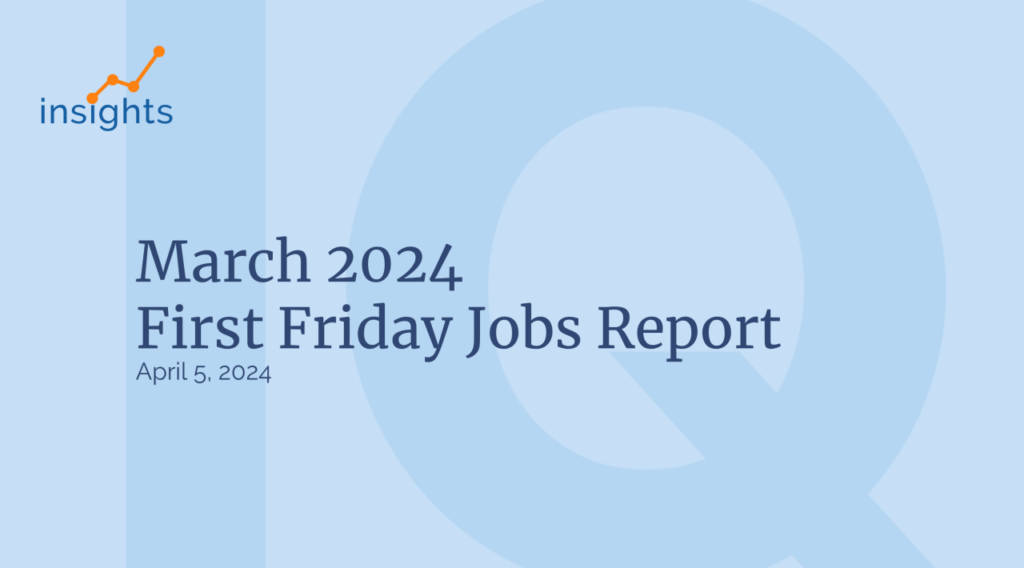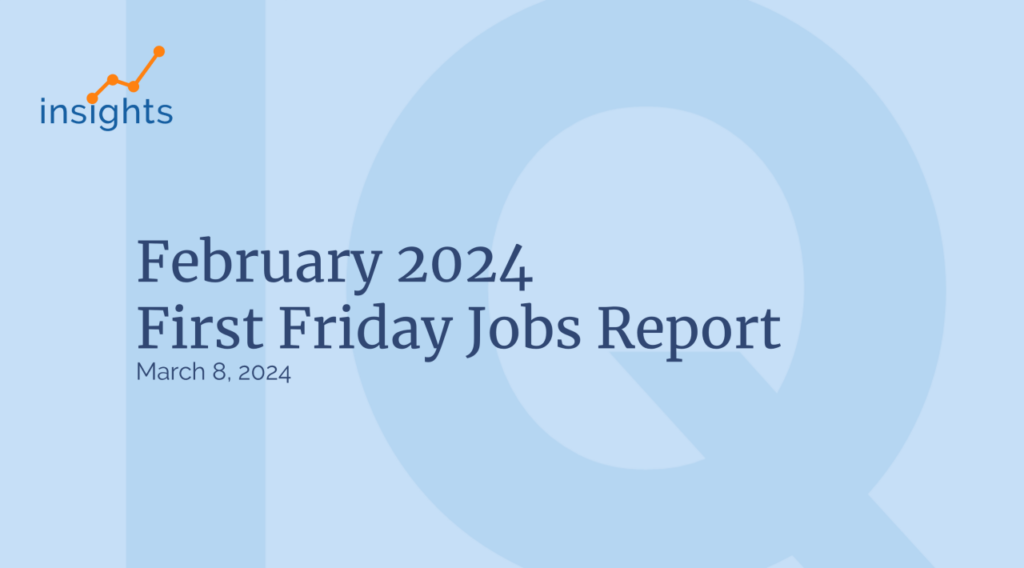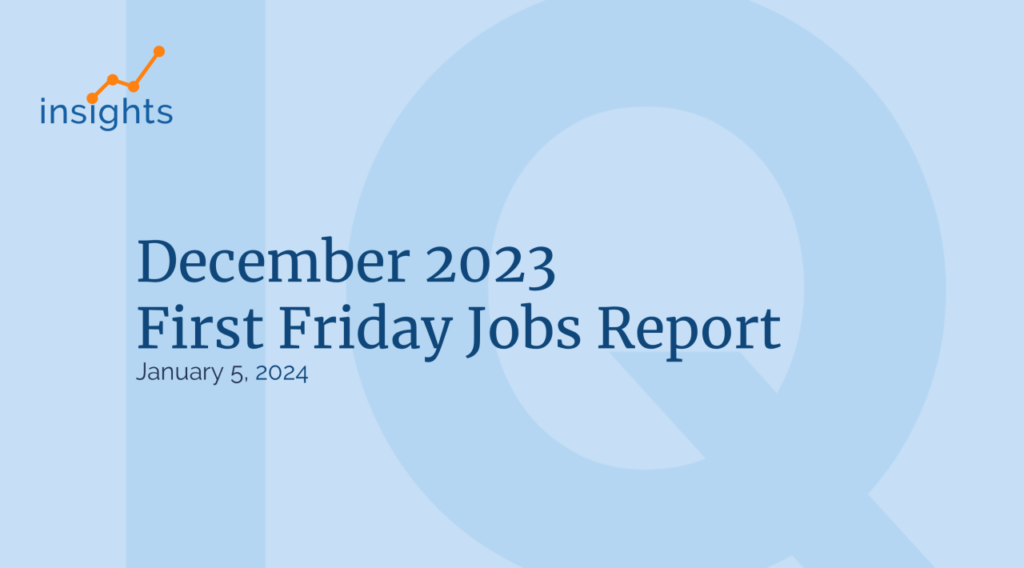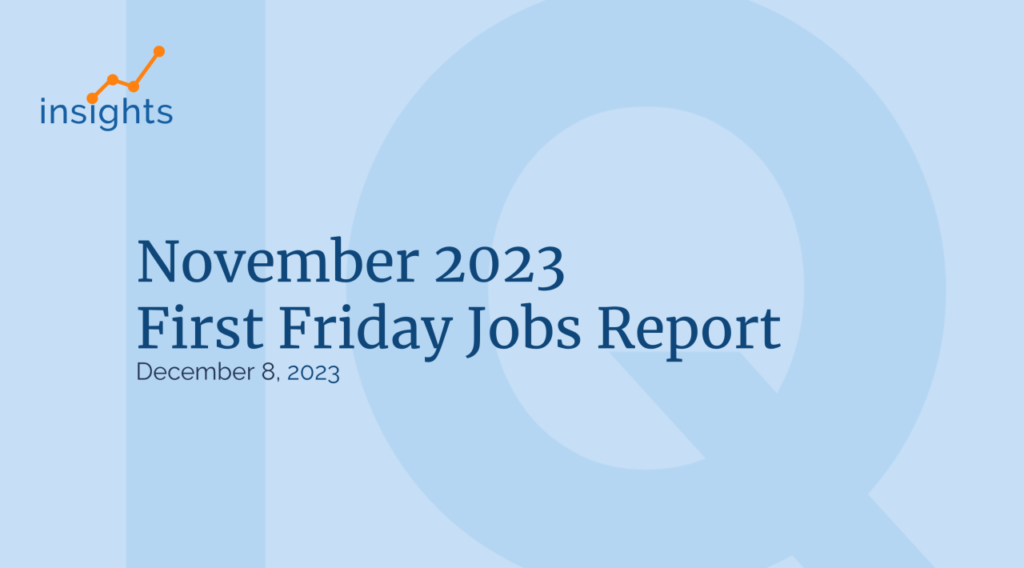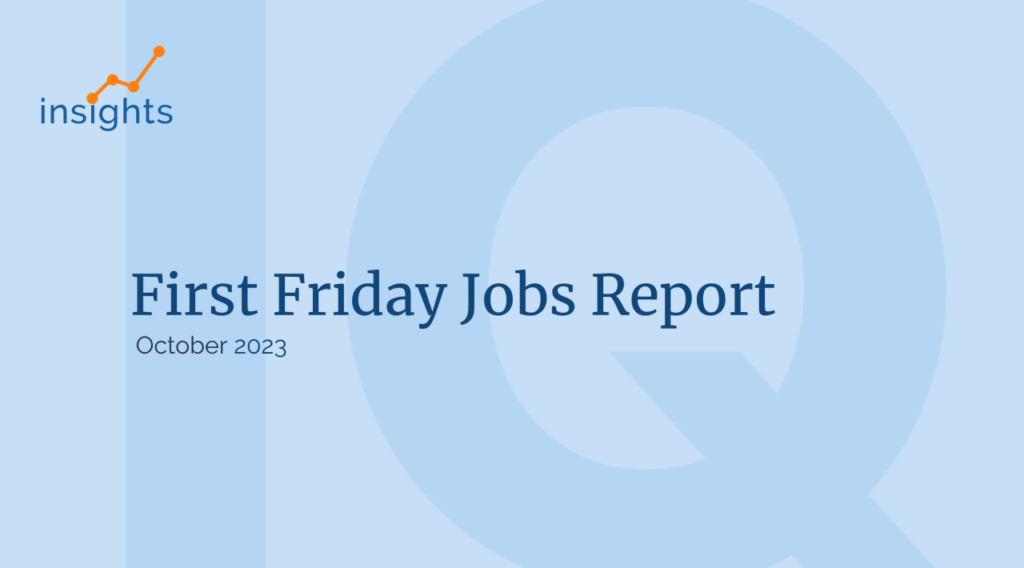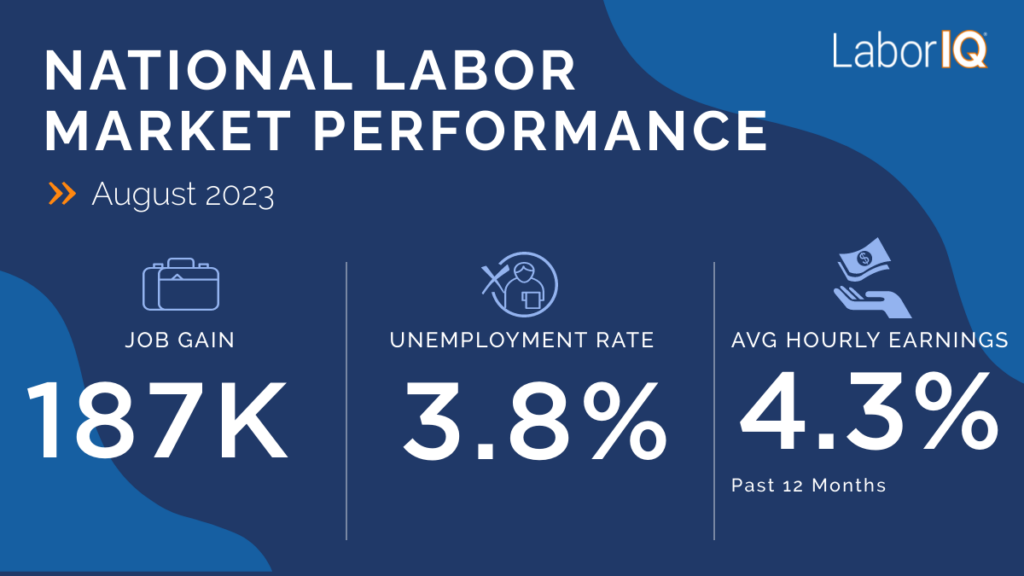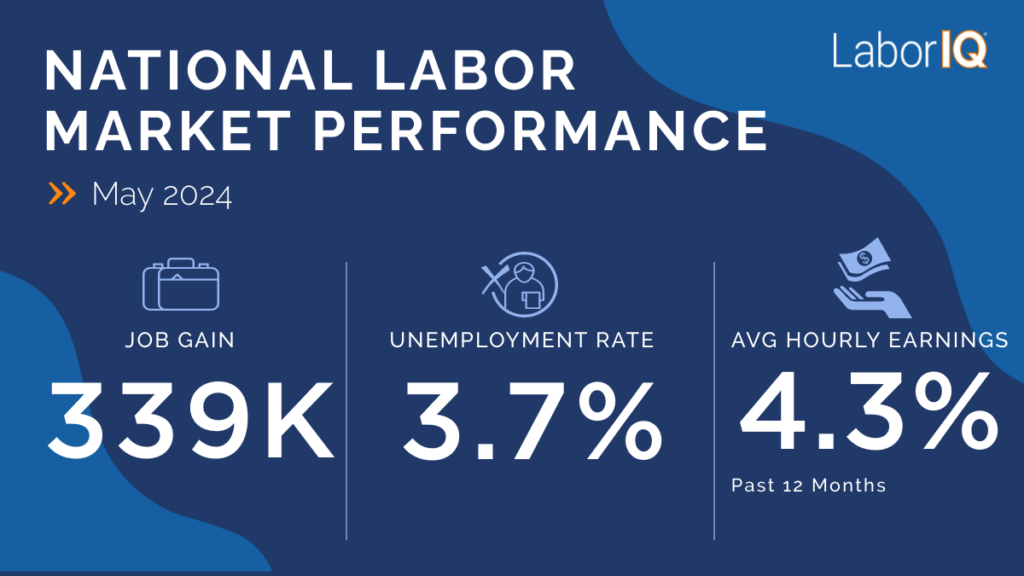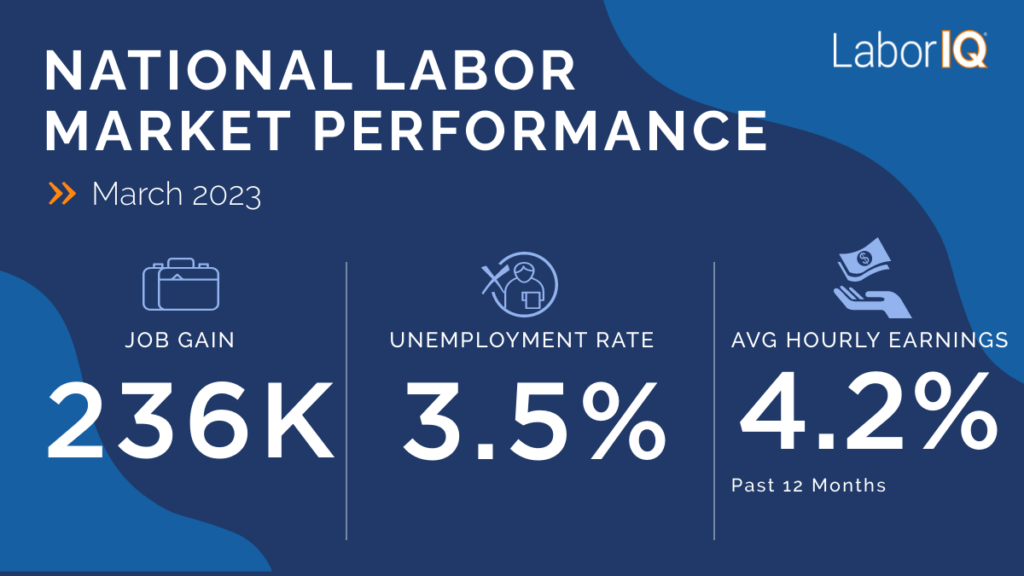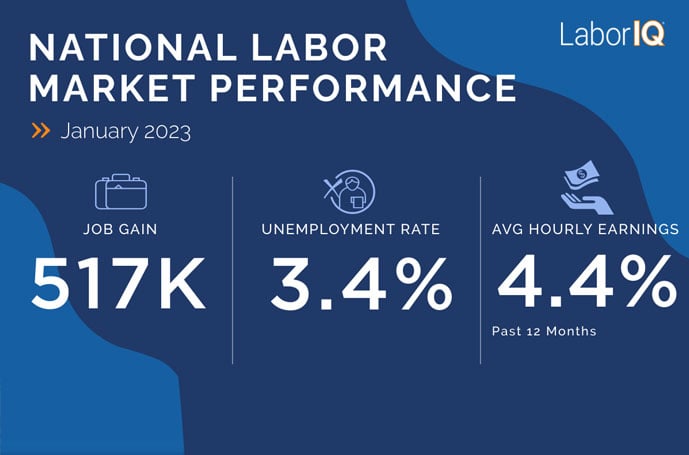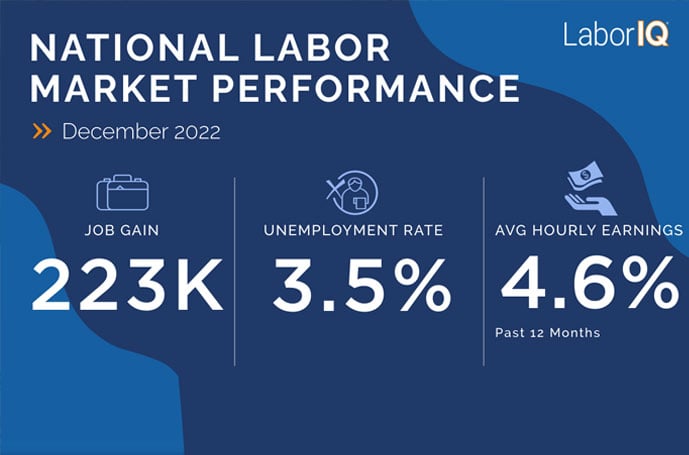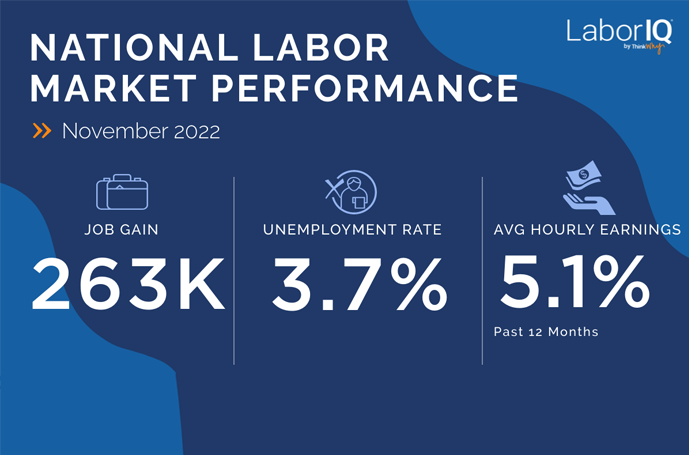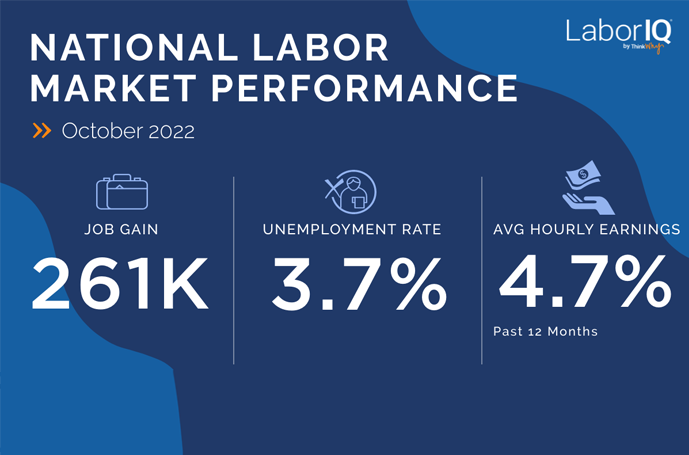The last few years have been pretty turbulent for the labor market. From the great resignation resulting in significant skills shortages, to record low unemployment rates, to our first glimpses of post-pandemic life, so much has happened that we’re waiting with bated breath for what 2023 has in store.
Challenges Facing The 2023 Labor Market
Various indicators suggest that at the beginning of 2023, we’ll enter a shallow recession.
For example, inflation in the U.S. and Europe hit highs of 8% in 2022, which (among other factors) prompted the increased cost of living. On top of that, experts predict a 2.7% fall in economic growth.
In response to this slightly precarious economic climate, many businesses will likely tighten their budgets. For example, tech giants like Apple and IBM reportedly laid off 58,000 workers in January 2023. Sadly, this sits among other tumultuous labor reductions in the private and public tech sector last year, which saw companies cutting 140,000 jobs in an attempt to tackle the adverse impacts of rising inflation and stock market dips.
But, fortunately, it’s not all doom and gloom. Forecasts suggest we’re already over the peak of these trending layoffs. In fact, by mid-2023, we should see job cuts taper off to pre-pandemic levels.
Similarly, as this year continues to unfold, experts predict we’ll also see inflation decrease, averaging out at 4%, with some economists suggesting that the worst is likely behind us.
With this in mind, some positive momentum may come to the labor market. For instance, WEF suggests that we might see employers reskilling their workforces and creating more accessible hiring policies to overcome market uncertainties.
Labor Market-Related Opportunities in 2023
The so-called “return to normal” is essentially already underway. This could mean wages stabilize as inflation drops, fewer employees voluntarily quit their jobs and the labor market opens up a bit more.
One component of this will be a decline in wage growth. During the last few years, average wages in the U.S. climbed to exceptionally high levels. For instance, in 2021, U.S. wages were the highest on record in more than a decade. In contrast, EU salaries (according to average year-on-year euro-area wage growth) peaked at the start of 2020. This, coinciding with the pandemic, meant employers were under considerable strain to keep up with market demand.
In contrast, the general prognosis for wage growth in 2023 is as follows:
- Europe, on average, will see a peak wage growth of 2.6% in Q1 of 2023. However, by the end of 2023 (Q4 2023/Q1 2024), growth rates will decline to 1.9%.
- The U.S. will see slightly higher wage growth, particularly within Q1 and Q2 of 2023 (5.5% and 3.8%, respectively). However, this is also predicted to decline to 2.5% by the end of the year.
A decline in wage growth presents an opportunity for employers because it enables them to save on labor costs. This can be especially beneficial for companies feeling the pinch as it could help them to maintain profitability and avoid layoffs. In addition, with labor costs stabilizing, employers might be better positioned to invest in new technologies and expand their operations to increase their competitiveness in the marketplace.
It’s also worth noting that voluntary job leavers were at an all-time high in Q2 of 2022. Quit rates hit a 10-year high of 2.9%. While the numbers still haven’t dropped to pre-pandemic levels, on average, we see those voluntarily leaving the workforce decreasing. This, combined with a decline in wage growth, likely means there’s less potential for salary climbing vis-à-vis jumping into new roles. Hence, employees are more likely to stay in their current position, thus increasing retention rates.
Similarly, job openings gradually declined over 2022. From highs of 11.8 million in March 2022, this fell to 11 million by December. While statistics from the World Forum show that the labor market is still tight compared to pre-pandemic levels, the severity is decreasing. In light of this, we’ll likely see the labor market’s favor shift ever so slightly from job seekers to employers.
The bottom line: As inflation declines, the evidence suggests that wage growth will stabilize, the labor market won’t be quite as tight for employers and people won’t be as quick to quit their jobs – all of which is good news for employers!
Will Remote Working Remain Popular?
Working from home remains contentious. However, there’s certainly a push from employees to keep working from home on the table. For instance, McKinsey reports 87% would take the opportunity to work flexibly when offered, with 32% saying they already work remotely up to five days a week.
That said, there are still holdouts. For example, in 2022, 85% of business leaders said they weren’t confident their employees could be productive when working from home. But, despite this, it seems many are forced to acknowledge that if they withdraw remote working altogether, they’ll risk losing staff and miss out on potentially skilled workers. For instance, Employment Hero reported that 50% of hybrid and remote workers said they would quit if their employer forced them to return to the office.
Overall Forecast: Cautious Optimism
Overall, the forecast for 2023’s labor market is one of cautious optimism. Based on our findings, we think there will likely be some disruptions to the labor market and broader economy, but it seems like the labor market is stronger and more resilient than many expected! As the months go by, inflation rates should gradually decrease, voluntary quit rates should slow and the labor market won’t be quite as tight. This does not mean a return to normal; there will still be a lot of competition for talent. But things should stabilize from the volatility and record growth of the past couple of years.




